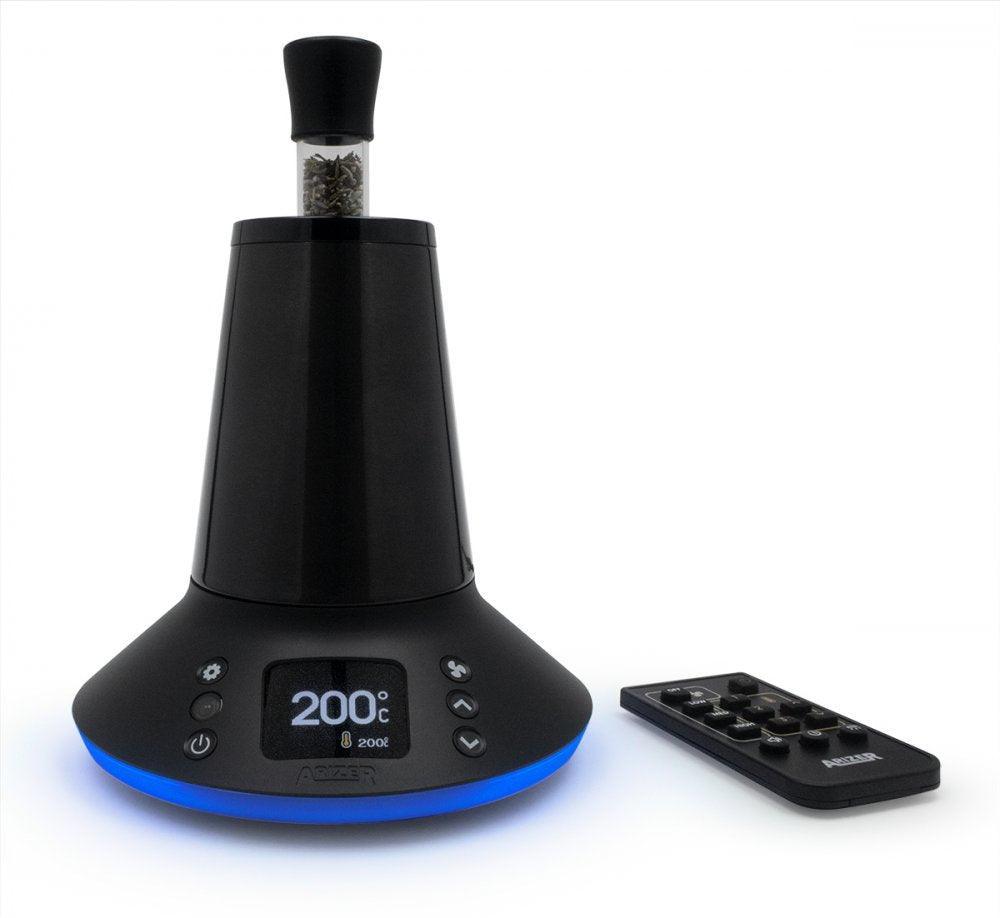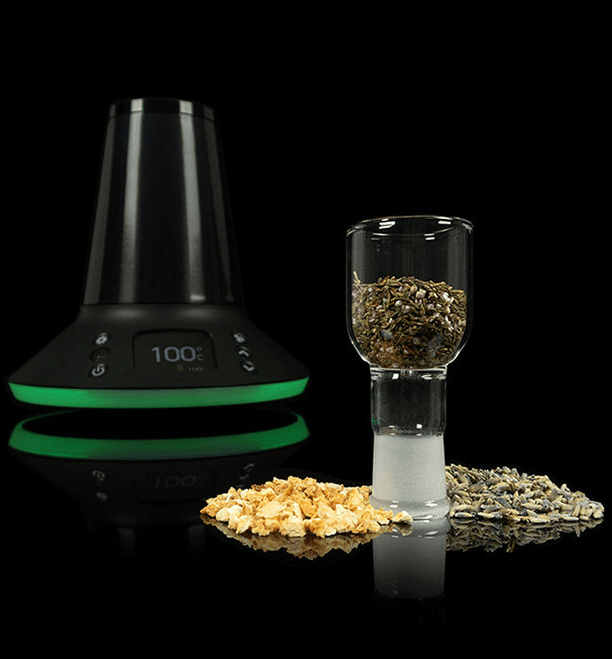🌿 What Gives Cannabis Indica or Sativa Properties? 🌿
Ever wondered what makes cannabis oil have Indica or Sativa properties? The answer lies in the unique combination of cannabinoids and terpenes present in each strain.
The unique properties of cannabis plants, particularly their classification into Indica and Sativa, are largely influenced by the terpene profiles present in the plants. Terpenes are aromatic compounds found in many plants, and they play a crucial role in the distinctive aromas and therapeutic effects of cannabis strains. Here's an expanded look at how specific terpenes contribute to the characteristics of Indica and Sativa strains, and how their properties translate into potential medical benefits.
Take a Look at our Pure Terpenes, available in small volume for your convenience. Just Click here to see our in stock collection.
If you would like to a order a specific Terpene or quantities.
Get in touch on +356 79575857 or on devicesandimports@gmail.com
Terpenes and Their Influence on Cannabis Properties
1. Caryophyllene
- Properties: Antioxidant, anti-inflammatory, antibacterial, local anesthetic, anticarcinogenic.
- Influence: Known for its ability to interact with the CB2 receptors in the endocannabinoid system, caryophyllene provides potent anti-inflammatory effects without producing a psychoactive high. This terpene is commonly found in Indica strains, contributing to their relaxing and pain-relieving properties.
2. D-Limonene
- Properties: Anti-anxiety, promotes relaxation without sedation.
- Influence: Often found in Sativa strains, limonene enhances mood and provides stress relief. It contributes to the uplifting and energetic effects of Sativa, making it suitable for daytime use.
3. Myrcene
- Properties: Anti-inflammatory, sedative.
- Influence: Myrcene is prevalent in Indica strains and is known for its sedative effects. It promotes relaxation and is often responsible for the "couch-lock" sensation associated with Indica varieties. Myrcene's anti-inflammatory properties make it beneficial for pain management.
- Properties: Anti-inflammatory, bronchodilator, cognitive enhancement.
- Influence: Alpha-pinene is common in both Indica and Sativa strains. It helps improve alertness and memory retention, counteracting potential short-term memory impairment caused by THC. Its anti-inflammatory properties make it useful for respiratory conditions and arthritis.
5. Linalool
- Properties: Antimicrobial, antifungal, anxiolytic.
- Influence: Linalool, with its floral and lavender aroma, is found in both Indica and Sativa strains. It provides calming and anti-anxiety effects, contributing to the overall sense of relaxation without heavy sedation.
6. Terpineol
- Properties: Antioxidant, anticancer, anticonvulsant, antiulcer.
- Influence: Terpineol is often found in Indica strains, contributing to their relaxing and medicinal properties. Its anticancer and antioxidant effects add to the therapeutic potential of Indica varieties.
7. Camphene
- Properties: Anti-inflammatory, antibiotic, antioxidant.
- Influence: Camphene's presence in cannabis enhances its therapeutic profile, particularly in Indica strains. It aids in reducing inflammation and infections, making it valuable for conditions like arthritis and bacterial infections.
8. Terpinolene
- Properties: Antioxidant, sedative, potential anticancer.
- Influence: Found in both Indica and Sativa strains, terpinolene provides a mild sedative effect, making it beneficial for promoting sleep and relaxation. Its presence in Sativa strains adds a balanced effect, preventing overstimulation.
9. Menthol
- Properties: Antimicrobial, anticancer, anti-inflammatory.
- Influence: Menthol is found in various cannabis strains and adds to their therapeutic effects. Its cooling sensation and anti-inflammatory properties are beneficial for topical applications and respiratory relief.
10. Nerolidol
- Properties: Antioxidant, anti-inflammatory, neuroprotective.
- Influence: Common in Indica strains, nerolidol contributes to their sedative and calming effects. Its neuroprotective properties make it a potential aid in treating neurological conditions like Parkinson's disease.
11. Cineole (Eucalyptol)
- Properties: Anti-inflammatory, antimicrobial, bronchodilator.
- Influence: Cineole is often found in Sativa strains and provides stimulating and refreshing effects. Its bronchodilatory properties make it beneficial for respiratory conditions.
12. Ocimene
- Properties: Anticonvulsant, antifungal, anti-tumor.
- Influence: Found in various cannabis strains, ocimene adds a sweet, woody aroma and contributes to the therapeutic profile with its anti-convulsant and decongestant properties.
13. Carene
- Properties: Anti-inflammatory, bone health.
- Influence: Carene is known for its potential to reduce inflammation and support bone health, making it valuable for conditions like osteoporosis. It is present in both Indica and Sativa strains.
14. Gamma-Terpinene
- Properties: Antioxidant, antibacterial.
- Influence: Found in various strains, gamma-terpinene enhances the overall therapeutic profile with its antioxidant and antibacterial properties.
15. P-Cymene
- Properties: Antioxidant, anti-inflammatory, anxiolytic.
- Influence: P-cymene adds to the calming and anti-anxiety effects of cannabis strains. Its presence is beneficial for managing stress and anxiety.
Terpene Profiles in Indica vs. Sativa
-
Indica Strains:
- Dominated by terpenes like β-myrcene, limonene, and α-pinene.
- Typically have a relaxing, sedative effect, making them suitable for evening use.
- Often used for pain relief, insomnia, and stress reduction.
-
Sativa Strains:
- Feature more complex terpene profiles, with α-terpinolene, α-pinene, and trans-β-ocimene being prominent.
- Provide uplifting and energizing effects, suitable for daytime use.
- Commonly used for mood enhancement, focus, and creativity.
Implications for Medical Use and Breeding
The variability in terpene composition provides a valuable tool for characterizing different cannabis biotypes and tailoring them for specific medical purposes. By understanding the synergy between terpenes, cannabinoids, and flavonoids, researchers can develop strains with targeted effects for various medical conditions. Additionally, breeding programs can focus on enhancing specific terpenoids to improve the therapeutic potential and resilience of cannabis plants.
Conclusion
The intricate interplay of terpenes in cannabis strains significantly influences their Indica and Sativa properties, contributing to their unique effects and therapeutic benefits. Further research into the variability and synergy of these compounds will enhance our understanding of cannabis' medical value and aid in the development of specialized cultivars for pharmaceutical and industrial use.
Understanding these components helps you choose the right cannabis oil for your needs. Whether you're seeking relaxation or a burst of energy, knowing the properties of Indica and Sativa can guide you to the perfect match.
🔗 Learn more about our range of cannabis oils at cannabisclinicsmalta.com
#CannabisKnowledge #IndicaVsSativa #CannabisOil #Terpenes #Cannabinoids #PlantScience #TerraSoilEu
















